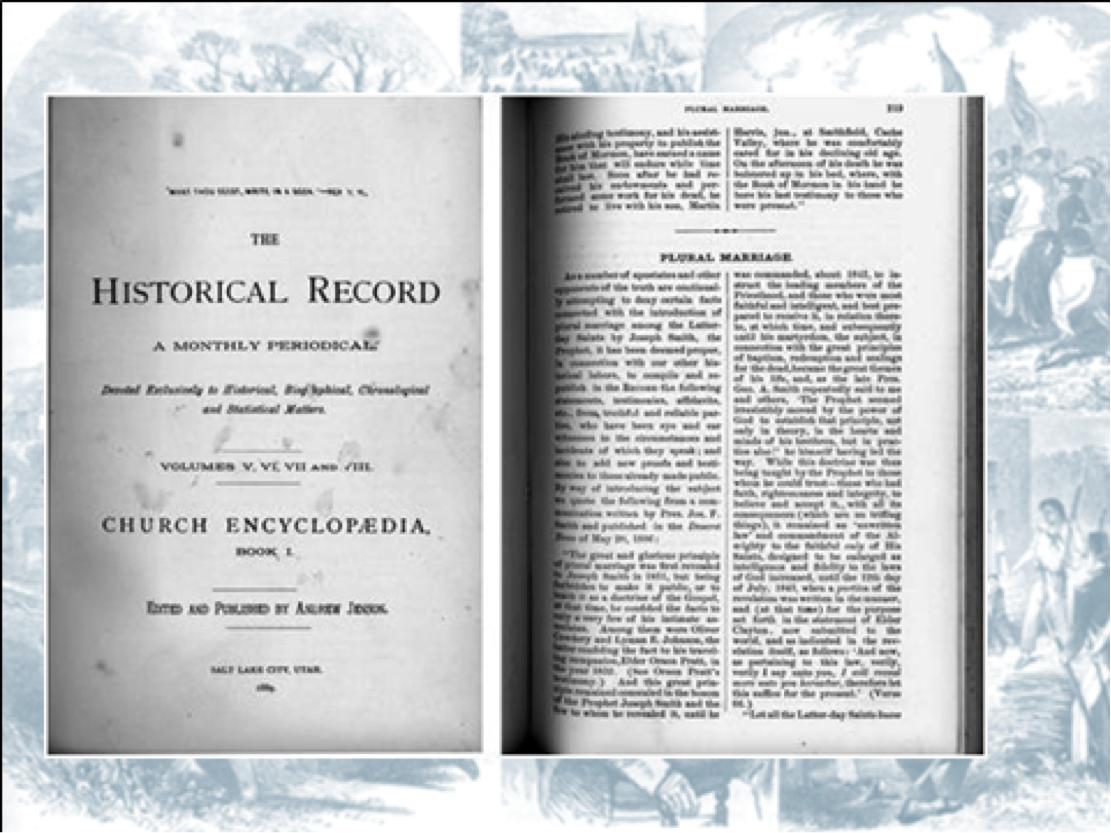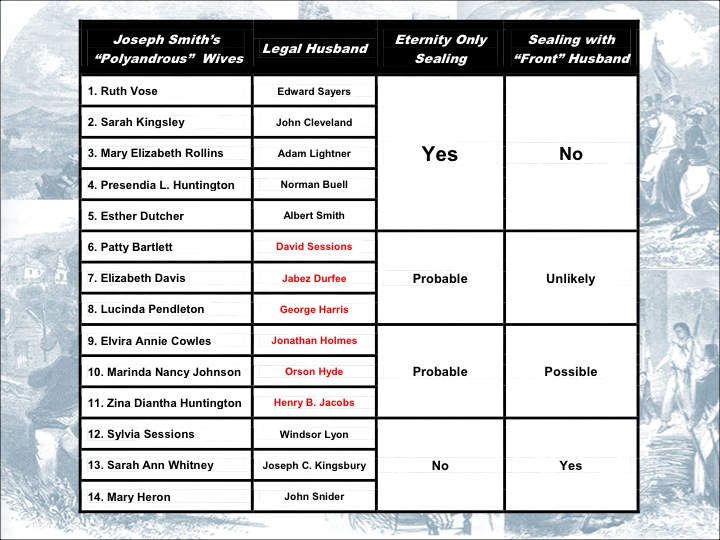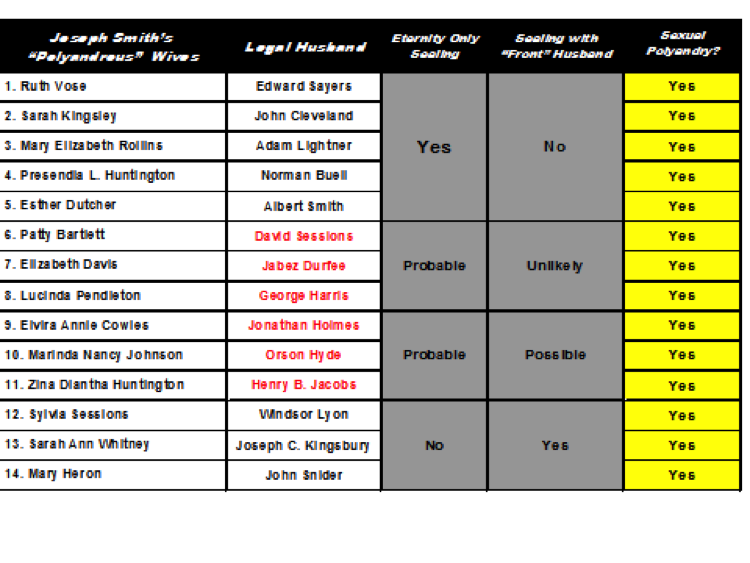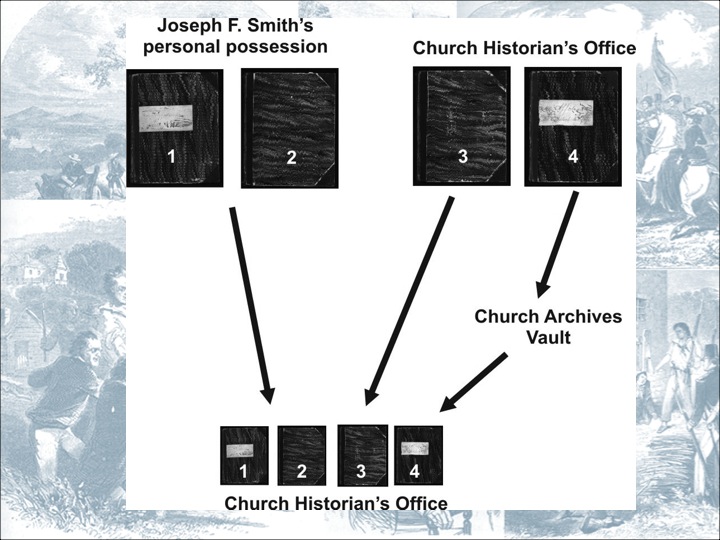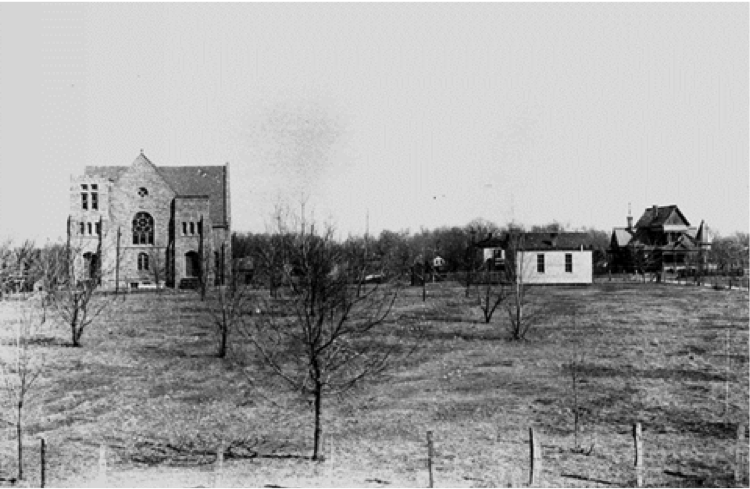
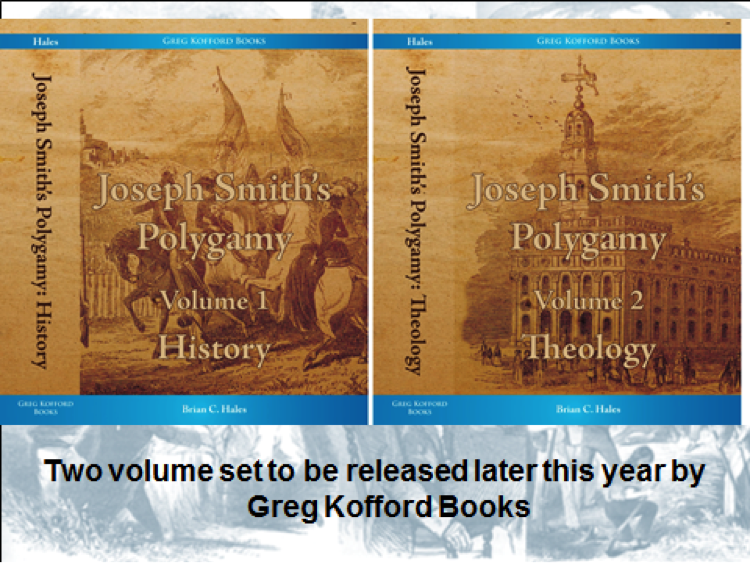
The title is “Joseph Smith’s Sexual Polyandry and the Emperor’s New Clothes: On Closer Inspection, What Do We Find?” People often ask me “Brian, why are you so interested in polygamy?” I have others say (low, whispered voice) “Brian, why are you so interested in polygamy?” To those, I can’t even “monog”, so you don’t need to worry about me wanting to “polyg”. Actually, there is some history there. I have a member of my family who was excommunicated in 1989 for joining a polygamist group. She has since left that group. She hasn’t rejoined the church, but she is no longer with them.
In 1991 I wrote the book, “The Priesthood of Modern Polygamy, an LDS Perspective.” I’m an anesthesiologist and I tell people my books are, part of my full anesthesiology services. We have this problem: we’ve just had a nice snack and there’s a thing in medicine called post prandial narcolepsy. “Post prandial” is after you eat, and “narcolepsy” is inappropriate sleeping. I’ll be honest with you, if you fall asleep during my talk, I won’t be offended, but I have spent this entire morning putting people to sleep and sending them bills for that service. So, just be aware.
I do have three other books. They aren’t on polygamy, but they have some pretty good doctrinal basis regarding their individual titles. In 2006 I wrote other books on Mormon Fundamentalism and over half of the questions people would ask me about polygamy had to do with Joseph Smith’s polygamy. I just didn’t know the answers. So, in 2007 I returned to the topic which actually got me involved with polyandry. I just couldn’t figure out how Joseph could be married to somebody else’s wife. It didn’t click for me. Five years and a lot of time and monetary expenditure later, we are coming together with some ideas you will hear today.
My research supports that fourteen of Joseph Smith’s plural wives had legal husbands. It could be that in Joseph Smith’s history, polygamy is the most difficult thing to understand. Within polygamy, Joseph Smith’s sealings to legally married women is the most difficult. So, we’re talking about a pretty tough subject today. I can tell you already, that if it were easy, someone would have already explained it decades ago. But I think we’ve got it figured out.
There are two questions: “Why did he do it?”, and “Did the women really have two husbands?” Answering the question of why he did it requires us to introduce some new topics. Joseph taught that marriage can be eternal and that everyone must be sealed to be exalted. These are not new to us, we’ve all heard these. But outside of Mormondom, these are new ideas. Emmanuel Swedenborg had talked about eternal marriage and he died in 1772. But really, nobody talked about eternal marriage. The idea that you had to be married to obtain the highest salvation, that’s a new and different teaching.
To answer the question why, is simply that the fourteen women, when they learned about eternal marriage, chose Joseph Smith to be their eternal husband. It’s that simple. They chose him over the men to whom they were married. Four of the women couldn’t be sealed to their legal husbands because those husbands were not active Latter-day Saints. But the remaining ten, whose husbands were active LDS, chose Joseph. It’s kind of weird that a woman would be married to an active LDS man, but be sealed to Joseph Smith for an eternal marriage. Joseph could be criticized that he was insensitive to those ten husbands, but none of them ever complained. We have no complaints from any of them. There could be suspicions that Joseph coerced the women, but these are not supported by any kind of documentation. None of the women complained and we have good documentation that Joseph taught that the woman’s desires should be respected in every case. There are at least five cases where women turned him down, and the only reason we know about it is because those women later talked about it. Joseph didn’t talk about it. He didn’t try to destroy their reputation. He didn’t castigate them. He just let it go, because that was their choice.
The question is did the women really have two husbands after their sealing to Joseph Smith? According to his teachings, the answer is “no”. Joseph Smith taught that celestial and plural marriage were part of the “new and an everlasting covenant” (D&C 132:4). He also taught: “…that all old covenants have I caused to be done away in this thing; and this is a new and an everlasting covenant” (D&C 22:1). The covenant that was then being discussed was baptism and we have no record of Joseph Smith applying this principal to the new and everlasting covenant of marriage. But we also have no record of him contradicting it, or saying that it didn’t apply. The revelation simply says “all old covenants are done away in the new and everlasting covenant.”
Accordingly, a sealing in the new and everlasting covenant would supersede a legal matrimonial covenant, causing it to be “done away”. A woman who contracts both a legal covenant and an eternal sealing for “time and eternity”, would not thereafter have two “lawful” husbands, lawful in God’s eyes, with whom she could experience sexual relations. If a woman did not have two husbands after being sealed to Joseph, were their civil husbands suddenly disfranchised from the marriage? The answer again is “no.” But to understand how this works, we’re going to introduce some new ideas.
Historical evidence shows that legally married women could be sealed for “eternity only” to someone other than their civil husband. The sealed marriage covenant would not apply until the next life. If you’ve read Compton, if you’ve read Quinn, they both say “no, these never happened, there’s none recorded in the nineteenth century.”
